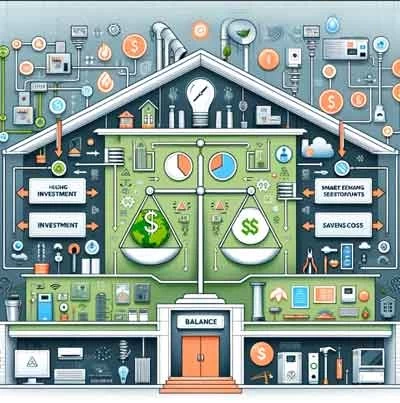Building automation systems (BAS) offer the tantalizing promise of streamlined HVAC operations, increased energy efficiency, and enhanced occupant comfort. However, the upfront investment involved can lead to hesitation among building owners and facility managers. Determining whether the long-term benefits outweigh the initial costs requires a careful examination of both financial metrics and the broader value proposition of an automated HVAC system.
Understanding the Investment
The cost of implementing a BAS for HVAC control depends on several factors. Some of these include:
Building Size and Complexity: Larger buildings with more extensive HVAC networks naturally require a higher investment in sensors, controllers, and the central management platform.
Level of Integration: Integrating the BAS with other building systems such as lighting, security, or fire alarms increases complexity and overall cost.
Age and Condition of Existing Equipment: Retrofitting older HVAC systems with the necessary sensors and actuators for automation compatibility can be more...










